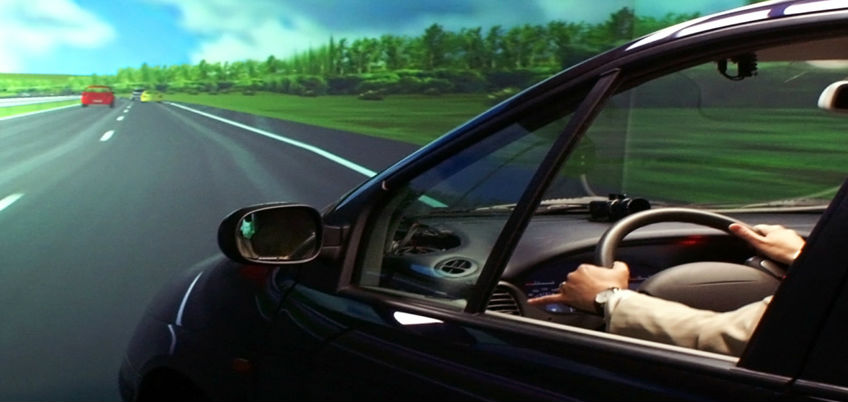In the last decades, engine technology and performance of cars has improved rapidly, while most drivers have not adapted their driving style. Eco-driving represents a driving culture which suits to modern engines and makes best use of advanced vehicle technologies. Eco-driving offers numerous benefits, including emissions reductions, fuel cost savings, as well as greater safety and comfort.
There are many smart and safe driving techniques which can lead to significant fuel savings possibilities. Below you will find the Golden and Silver Rules of Eco-driving,
Eco-driving improves road safety as well as the quality of the local and global environment and saves fuel and costs. All three benefits are important for furthering eco-driving. Different benefits facilitate different stakeholders and policy fields and their activities.
Additionally eco-driving provides direct benefits to the drivers and the passengers: More comfort and a relaxed atmosphere.
Golden Rules of Eco-driving
Read the road as far ahead as possible and anticipate the flow of traffic. Act instead of react – increase your scope of action with an appropriate distance between vehicles to use momentum (an increased safety distance equivalent of about 3 seconds to the car in front optimises the options to balance speed fluctuations in traffic flow – enabling steady driving with constant speed).
Drive smoothly, using the highest possible gear at low RPM.
Shift to higher gear at approximately 2.000 RPM. Consider the traffic situation, safety needs and vehicle specifics.
Keep tyres properly inflated as low tyre pressure is a safety risk and wastes fuel.
Use air conditioning and electrical equipment wisely and switch it off if not needed. Electrical energy is converted from extra fuel burnt in a combustion engine, so electrical equipment doesn’t work “for free” – it always costs extra energy and money. Avoid dead weight and aerodynamic drag.
Silver Rules of Eco-driving
Choose a fuel-efficient model with reduced CO2 emissions. Diesel vehicles should always be equipped with particulate filters. A fuel consumption display helps you save fuel. Cruise control and an automatic gear box can decrease fuel-consumption.
Cold engines need much more fuel per km than warmed-up engines and cause equivalently more CO2. On short trips the engine does not reach its optimum operating temperature, increasing wear and reducing durability.
- * Drive-off immediately after starting the engine; do not warm up the engine by idling
- * Switch-off the engine at longer stops (or use the automatic "start/stop") - when expected to stop longer than 20 seconds (ignition on)
- * Close windows when driving at higher speeds, as open windows increase dynamic drag and consume extra fuel
- * Use low friction oils and low energy tyres (EU labelling)
- * Check your car regularly and have it serviced to keep it "eco-fit" and also "safety-fit".
- * Consider alternative means of transport
Benefits of eco-driving
Eco-driving lead to consumption reduction up to 20% directly and about 5% in the long run.
Eco-driving reduces noise pollution as well as local air pollution. One vehicle travelling with 4000 rpm produces the same amount of noise as 32 vehicles travelling at the same speed with only 2000 rpm. Thus, eco-driving reduces one of the main problems of traffic in urban areas.
Eco-driving reduces not only fuel costs, but also costs for maintenance and costs for repairing vehicles after accidents. The safer driving behavior results from:
- * An anticipating driving style
- * Maintaining a steady speed
- * Less speeding
- * Less overtaking
- * Less stress/aggressiveness



Add Comment